Dog Blog – Dive into the breeds
Click for
Companions and Toys
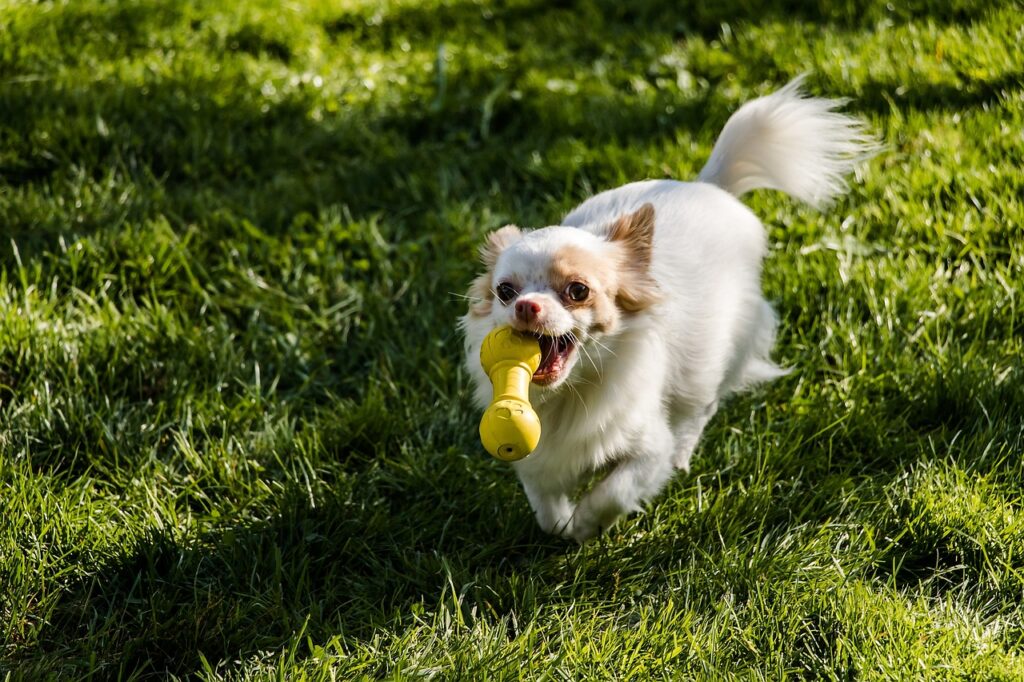
Including dogs from AKC’s toy group, as well as UKC’s companion dog group. This group consists of small dog breeds that are primarily bred for companionship. These dogs are typically small in size but often have big personalities. While many toy breeds were historically bred for specific tasks, today they are known for their portability, affectionate nature, and suitability for urban living.
Click for
Herding

The Herding Group consists of breeds developed to assist in controlling livestock, such as sheep, cattle, and other animals. These dogs are known for their intelligence, agility, and strong work ethic. Many of them possess a natural instinct to herd, which can manifest in their behavior even outside of working environments. They are often highly trainable, energetic, and make excellent companions for active families.
Click for
Scenthounds: Large

Because of the sheer size of the scenthound group – it has been split into two sections for the purposes of this website – large and not large.
This group is composed of dogs bred to hunt by following scent trails. These larger scenthounds are built for endurance, with deep chests and strong legs that enable them to cover great distances while working.
Click for
Scenthounds: Not large
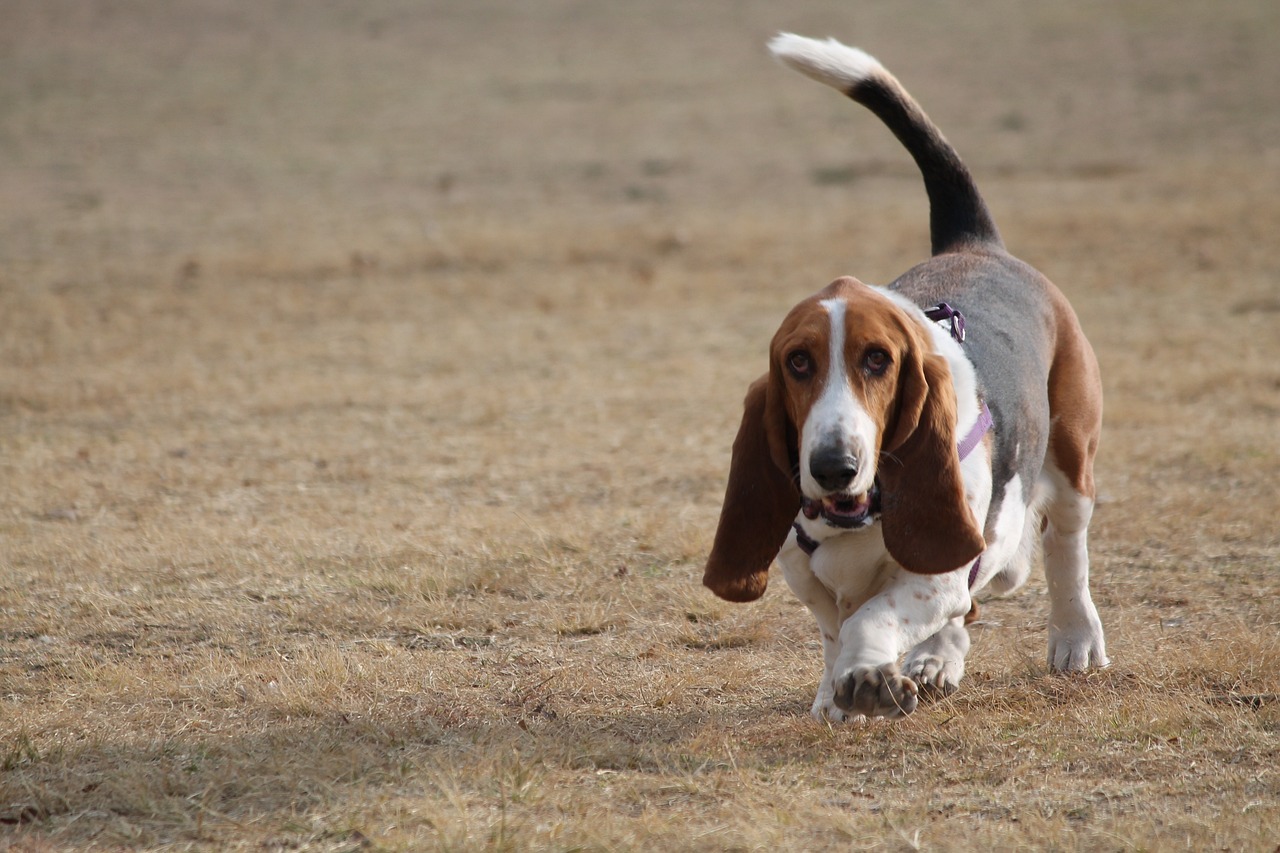
Because of the sheer size of the scenthound group – it has been split into two sections for the purposes of this website – large and not large.
These breeds are bred to follow scent trails with the same determination and focus as their larger counterparts, but their smaller size can make them more maneuverable in tight spaces or dense brush.
Click for
Sighthounds
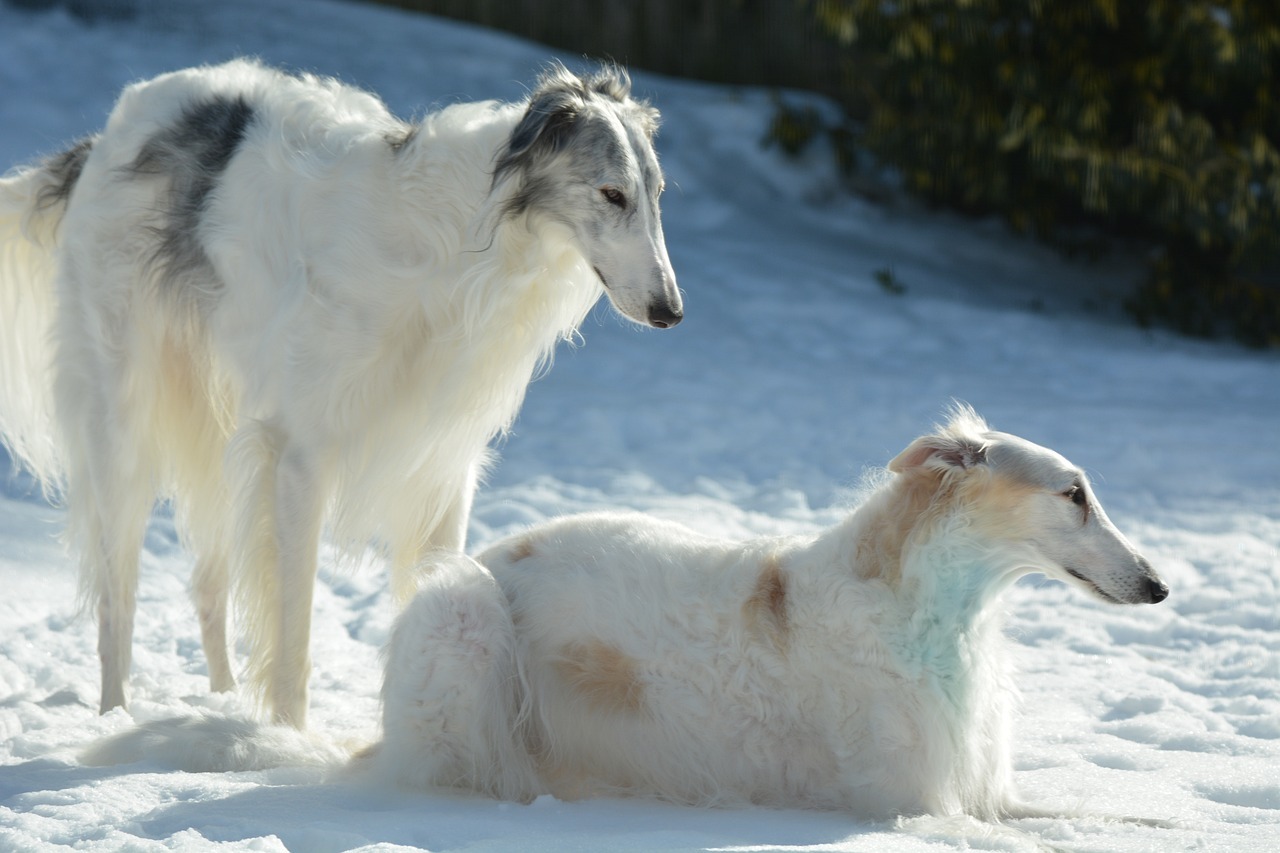
The Sighthound group includes breeds that hunt primarily by sight rather than scent. These dogs are known for their incredible speed, keen eyesight, and agility, allowing them to chase and catch prey in open terrain. Sighthounds are typically lean, long-legged, and aerodynamic, built for sprinting over short distances at high speeds. Their sleek, athletic build and graceful movement make them highly specialized hunters and elegant pets.
Click for
Spitz
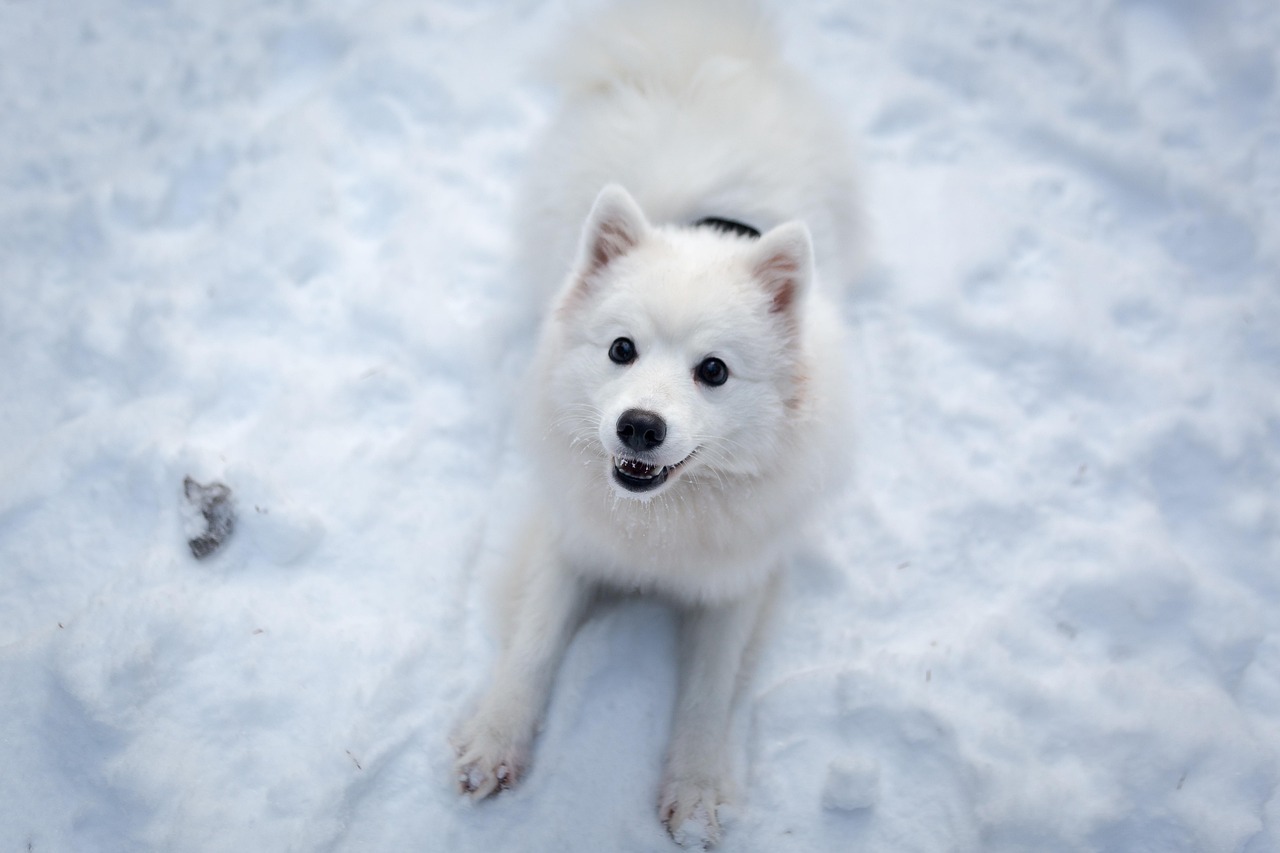
Spitz breeds developed from dogs which originated in colder, northern regions. Most of these dogs are characterized by their thick, double coats, erect, pointed ears, and curled tails. Spitz breeds are known for their hardiness, independence, and versatility, often being used historically for tasks such as herding, sledding, and hunting in harsh climates.
Click for
Sporting
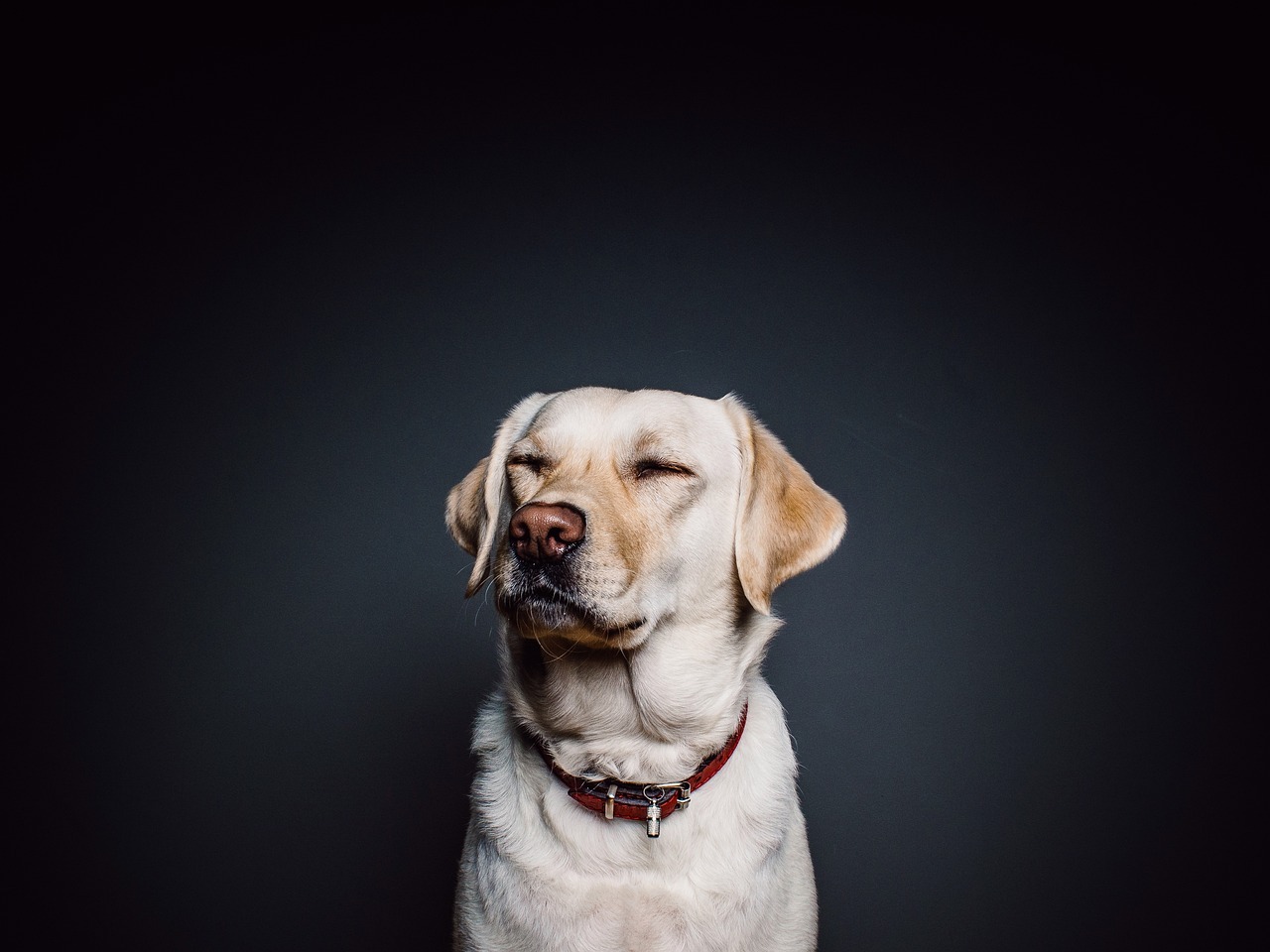
The Sporting group consists of breeds developed to assist hunters in the field, particularly in hunting birds and small game. These dogs are highly versatile and include retrievers, spaniels, setters, and pointers, each bred for specific tasks like locating game, flushing it out, or retrieving it after a shot. Sporting dogs are known for their high energy levels, trainability, and strong instinct to work alongside humans.
Click for
Terriers

The Terrier group includes breeds that were originally developed to hunt and eliminate vermin, such as rats, foxes, and badgers. These dogs are typically tenacious, courageous, and energetic, often with strong instincts to dig and chase. Terriers are known for their feisty personalities, independence, and, despite their small to medium size, their bold attitudes. Terriers tend to be spirited, confident, and often quite protective of their homes.
Click for
Working: Livestock Guardian Dogs

For this website, the working group has been split into two categories because of its sheer size – LGDs and Utility.
Livestock Guardian Dogs (LGDs) are breeds specifically developed to protect livestock from predators such as wolves, bears, and coyotes. Unlike herding dogs that move animals, LGDs are tasked with guarding and staying close to their flock, often living with the animals they protect.
Click for
Working: Utility
